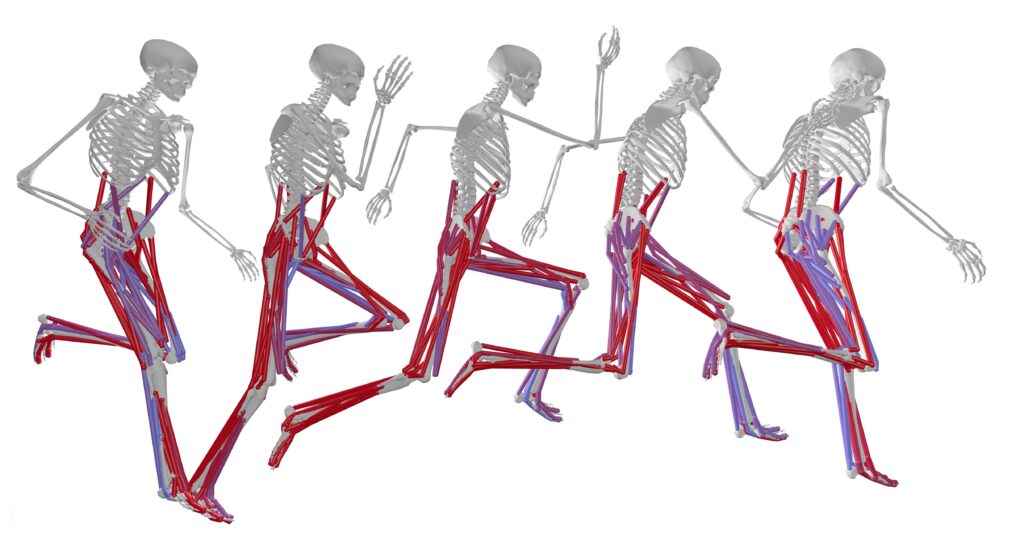Study challenges cycle syncing, finds metabolism consistent during menstrual cycle
Collaborators

“Cycle syncing” is surging in popularity on social media as a wellness trend, but does it hold any scientific weight? Cycle syncing is a method that tunes exercise, nutrition, and other lifestyle habits according to one’s menstrual cycle, which is divided into four distinct phases: follicular, ovulation, luteal and menstruation.
While there is not yet enough research to make broad claims about cycle syncing, a new study by Wu Tsai Human Performance Alliance researchers adds to the literature by exploring whether a woman’s menstrual cycle or use of hormonal contraceptives affects her metabolism and body composition estimates. Their findings have implications for athletes and researchers alike.

Canva Pro Images
Alannah McKay from the Australian Catholic University and colleagues organized a research study around a 5-week residential training camp for Australian First National female Rugby League athletes. The study included 11 naturally cycling rugby players and 12 on hormonal contraception (7 subdermal progestin implant, 4 combined-monophasic oral contraceptive pill, 1 hormonal injection).
This new study led by Australian Catholic University PhD Student Megan Kuikman and published in the International Journal of Sports Nutrition and Exercise Metabolism focused on whether or not the athletes’ resting metabolic rate (RMR) – the energy a body needs at rest – or body composition estimates, as derived from a dual-energy X-ray absorptiometry (DEXA) scan, changed during different phases of their menstrual cycle or with hormonal contraceptive use. Previous studies suggested that hormone fluctuations might increase RMR, hinting at the possibility that women might need to adjust their diets accordingly – a core principle of cycle syncing.
However, the researchers found that neither menstrual cycle phases nor the use of hormonal contraceptives significantly affected RMR or body composition. This is helpful news for both athletes and researchers. The study, though conducted on a small number of individuals, found that RMR is stable regardless of menstrual cycle phase or hormonal contraceptive use, suggesting that female athletes can stick to a consistent nutrition plan – there is no need to cycle one’s nutrition plans according to the four distinct phases of a woman’s menstrual cycle. For researchers who are measuring RMR in their studies, the study indicates they don’t need to account for menstrual cycle phases or hormonal contraceptive use, simplifying the research process.
This work is part of the Wu Tsai Human Performance Alliance Female Athlete Program at Boston Children’s Hospital and was co-funded with the Australian Institute of Sport. Co-authors include Megan A. Kuikman, Alannah K.A. McKay, Clare Minahan, Rachel Harris, Kirsty J. Elliott-Sale, Trent Stellingwerff, Ella S. Smith, Rachel McCormick, Nicolin Tee, Jessica Skinner, Kathryn E. Ackerman, and Louise M. Burke.
Latest News

September 23, 2025
In sprinting, where the foot lands may be key to speed

September 17, 2025
Cyclists with similar power use different muscle strategies

September 15, 2025
A new framework for trusting modeling predictions in biology
Get Engaged
Join our mailing list to receive the latest information and updates on the Wu Tsai Human Performance Alliance.
